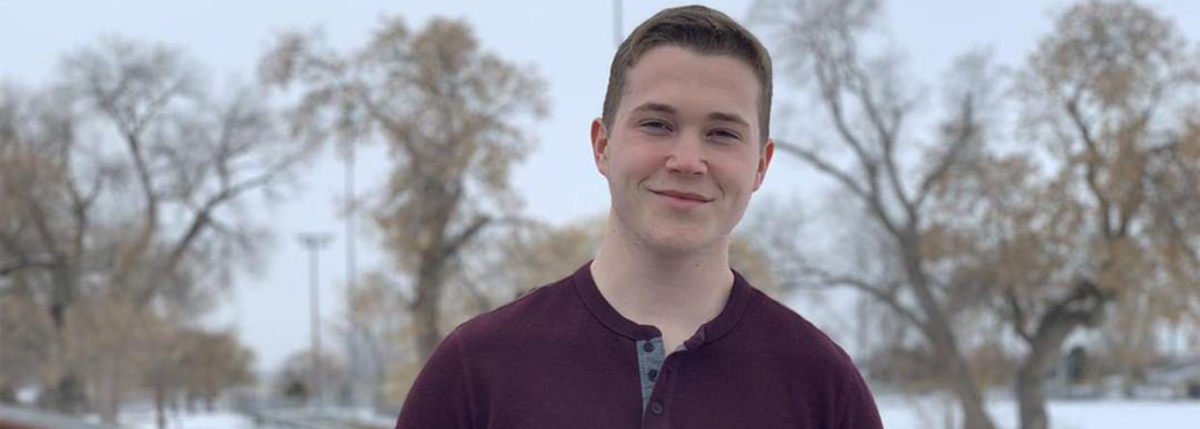Teen with T1D Rationed Insulin to Help Parents
Editor’s Note: People who take insulin require consistently affordable and predictable sources of insulin at all times. If you or a loved one are struggling to afford or access insulin, you can build custom plans based on your personal circumstances through our tool, GetInsulin.org.
Paying to survive

The rising cost of insulin is costing some people their lives and Dillon Hooley is lucky to still have his. The Utah teen has been living with type 1 diabetes since 2015 and in an effort to help his parents in the midst of financial hardship, he started rationing his insulin at the beginning of 2018.
Dillon had insurance coverage through his father’s job at a steel mill, but the high deductible plan the family was on left them paying $5000 out of pocket before coverage would kick in. This new plan also saw the price of Dillon’s insulin increase from $60 a month to $800 to pay for his necessary three vials. After his father was injured on the job and his paycheck dwindled as a result, Dillon wanted desperately to help his parents. Seeing only one way to do so, the 18-year-old began cutting back on his insulin by nearly a third.
“I really didn’t know it was called rationing at the time. I was just trying to prolong the process of buying insulin once I realized I was getting low,” Dillon told Beyond Type 1. “I see now that rationing was very dangerous and that not staying in a healthy range could affect me later in life.”
Complications arise
Instead of keeping his blood sugar levels in the 130 to 150 range as directed, Dillon allowed his levels to creep up into the 300s while rationing. During a routine appointment with the endocrinologist Dillon’s HbA1C was higher than usual. At this point Dillon revealed to his parents what he had been doing.
The Hooleys were saddened but not shocked by their son’s selfless actions.
“I understand him wanting to help by cutting back on usage to prolong having to buy insulin again, but as a mom, I do everything to protect him,” Mindie Hooley said. “For him to want to try to protect us financially was tough on me—I just want him to live a healthy life.”
Stories like the Hooleys’ of Americans struggling to afford medication are becoming all too common. This month, the Health Care Cost Institute published a report detailing the rapid increase of the cost of insulin. According to the study, insulin prices nearly doubled between 2012 and 2016, initially costing people $2,864 per year and ultimately costing upwards of $5,705. Novo Nordisk and Sanofi, two large insulin manufacturers, increased prices of insulin products by nearly 5 percent in January, and offered no reasoning as to why. Recently a group of U.S. Senators sent letters to the “Big Three” insulin manufacturers demanding they explain the skyrocketing prices.
 A nationwide problem
A nationwide problem
This is a continuing issue that was exacerbated earlier this year by the government shutdown, which saw some federal workers unable to afford their insulin and having to ration their supplies as well. In 2017, at least three people with diabetes died after not being able to afford their insulin.
Dillon’s father Jason has some advice for other people struggling to be able to afford their prescriptions—“Don’t settle for what insurance companies give you … There are always a lot of third party programs out there to help and your doctor can help you find affordable programs, too. Don’t be afraid to ask about other options.”


 A nationwide problem
A nationwide problem


